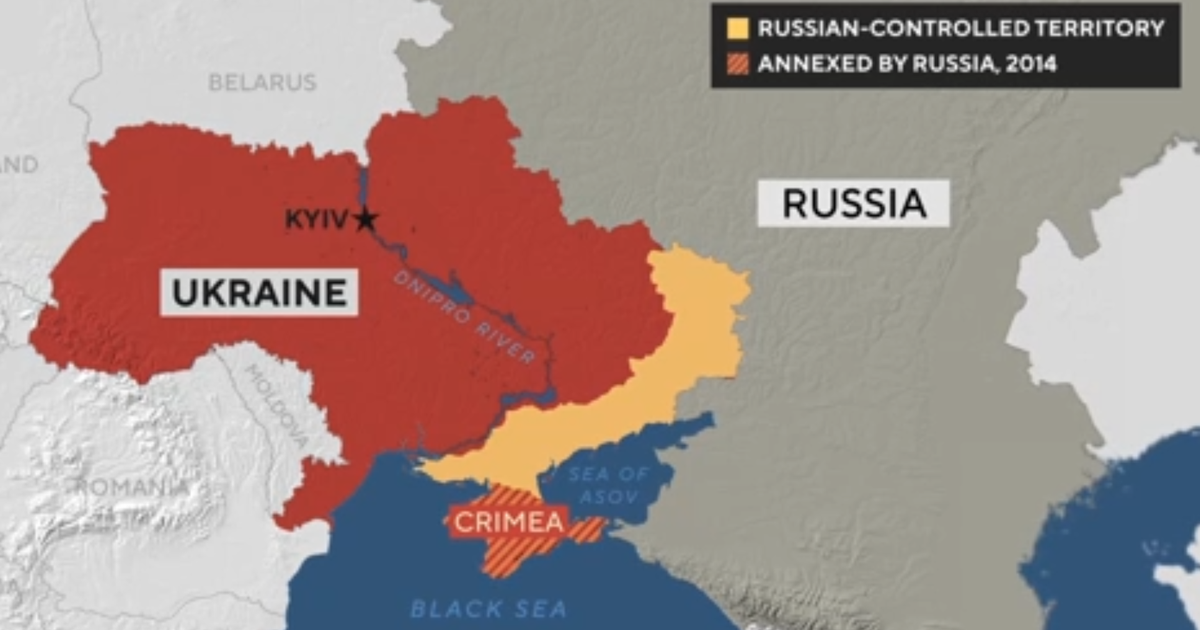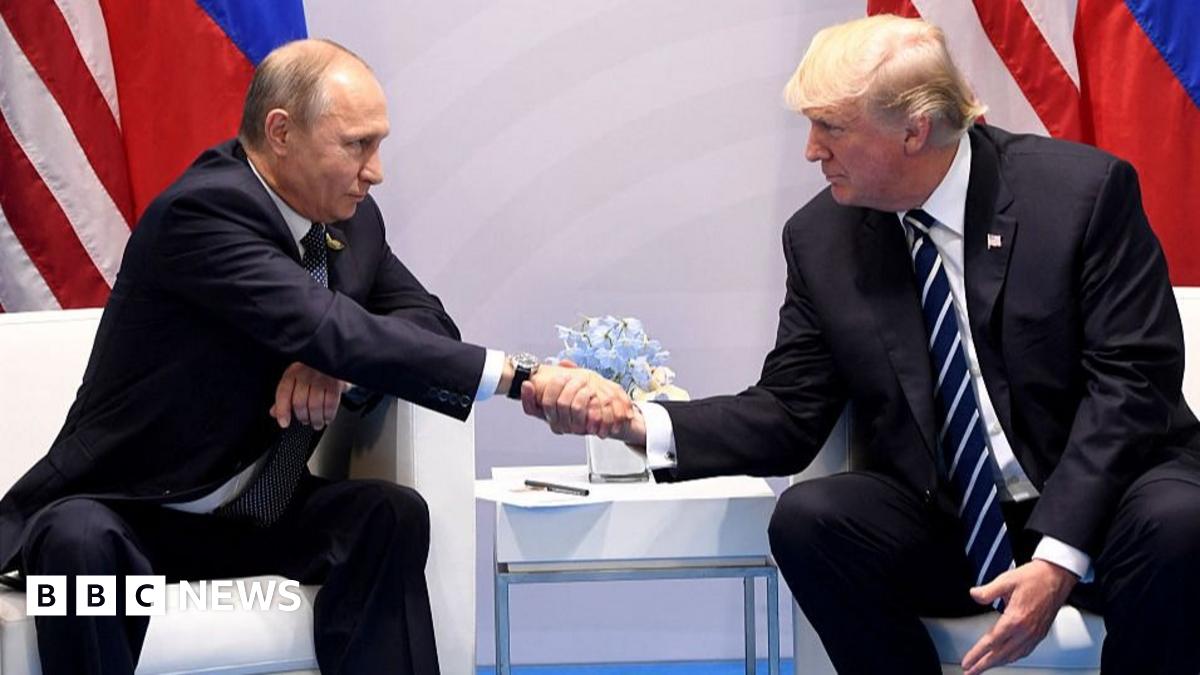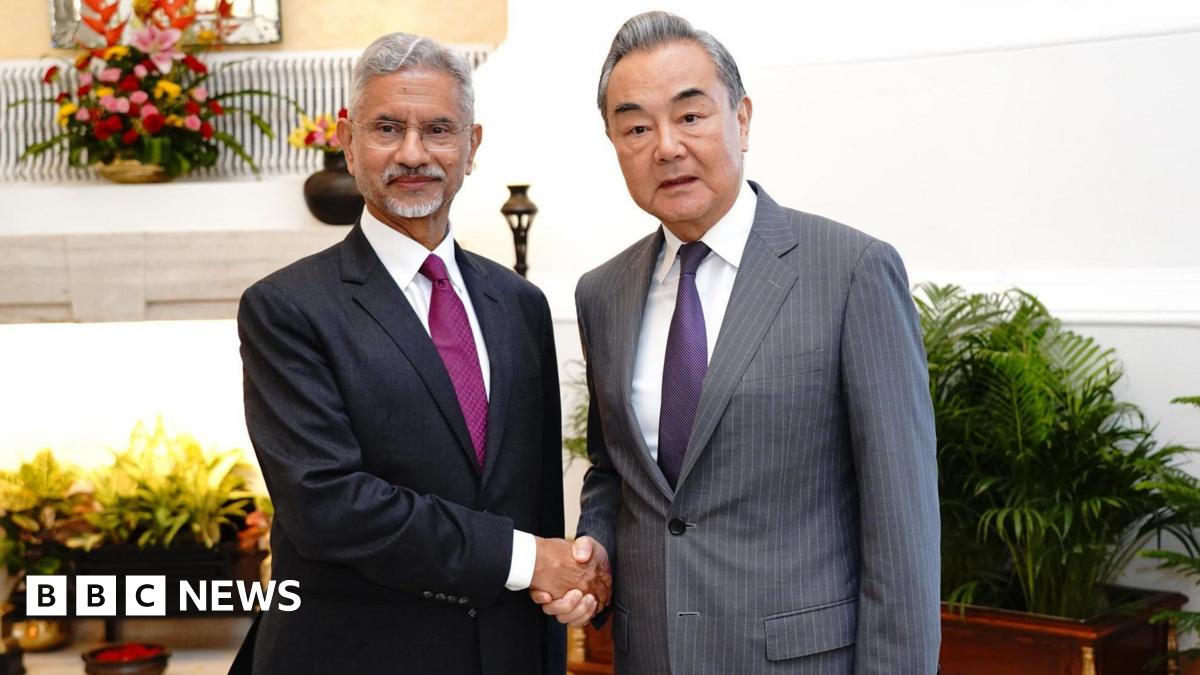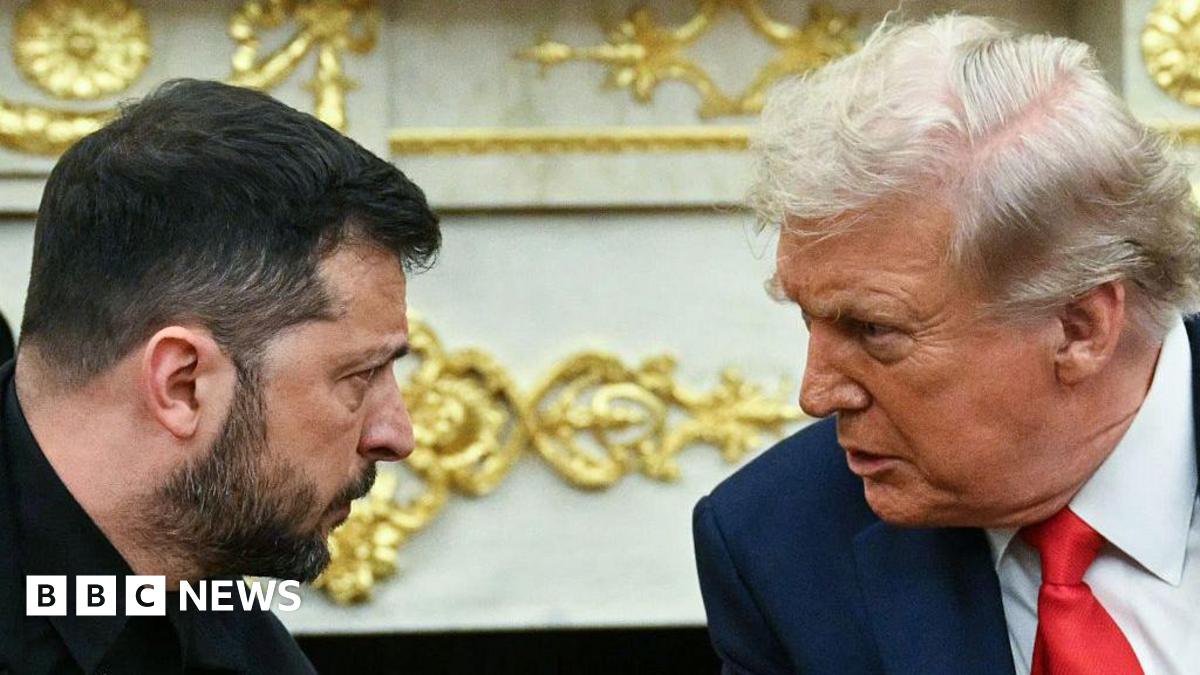Mapped: Russia's Claims on Ukrainian Territory – What Does It Mean for Peace Talks?

As negotiations continue towards a potential end to the conflict in Ukraine, understanding the territorial claims at the heart of the dispute is crucial. Recent maps have highlighted the areas Russia asserts as its own, sparking debate and raising questions about the future of the region. This article delves into the details of these claims, the current control on the ground, and the constitutional challenges facing Ukraine in any potential territorial concessions.
The Current Landscape: Russian Control and Ukrainian Resolve
Currently, Russian forces maintain control over approximately 20% of Ukrainian territory. This includes significant portions of the Donbas region, as well as areas in the south, including the Crimean Peninsula, which Russia annexed in 2014. The maps illustrating these Russian claims visually demonstrate the scale of the territory in question and the complexities of reaching a peaceful resolution.
However, the situation is further complicated by the Ukrainian constitution. A key provision explicitly prohibits the cession of Ukrainian territory or the exchange of land. This legal framework presents a significant hurdle for any peace agreement that might involve territorial adjustments. Ukrainian officials have repeatedly stated their unwavering commitment to preserving the country’s territorial integrity.
Analyzing the Maps: What Territories are Claimed?
The maps circulating online show varying degrees of Russian claims. Some depict the entire Donbas region (including Donetsk and Luhansk oblasts) as under Russian control or destined to be incorporated into Russia. Others extend claims further west, encompassing areas of Zaporizhzhia and Kherson oblasts. The specific boundaries and justifications for these claims are subject to ongoing debate and interpretation.
Russia’s rationale for these claims often revolves around arguments of historical ties, the protection of Russian-speaking populations, and the recognition of self-proclaimed separatist republics in the Donbas. However, these arguments are widely disputed by the international community and considered by many to be a pretext for territorial expansion.
Constitutional Constraints and the Path to Peace
The Ukrainian constitutional prohibition on territorial concessions poses a serious challenge to any potential peace negotiations. Amending the constitution is a complex and lengthy process, requiring broad parliamentary support and a national referendum. While theoretically possible, it’s highly unlikely to occur quickly enough to facilitate immediate peace talks.
This constitutional constraint forces negotiators to explore alternative solutions, such as agreements on special status for certain regions, guarantees of autonomy, or internationally-monitored demilitarized zones. However, any solution must also address the concerns of Ukraine regarding its sovereignty and territorial integrity.
The International Perspective
The international community has largely condemned Russia's actions in Ukraine and has consistently reaffirmed its support for Ukraine’s sovereignty and territorial integrity. The ongoing conflict has had far-reaching consequences, impacting global energy markets, food security, and geopolitical stability. The pursuit of a just and lasting peace remains a top priority for many nations.
Looking Ahead
As peace talks continue, a clear understanding of the territorial claims and the constitutional limitations within Ukraine is essential. The maps serve as a visual reminder of the complexities involved and the challenges that lie ahead. Finding a resolution that respects both Ukrainian sovereignty and addresses Russia's concerns will require careful diplomacy, compromise, and a commitment to upholding international law. The future of Ukraine, and indeed the stability of Europe, hinges on the outcome of these negotiations.





